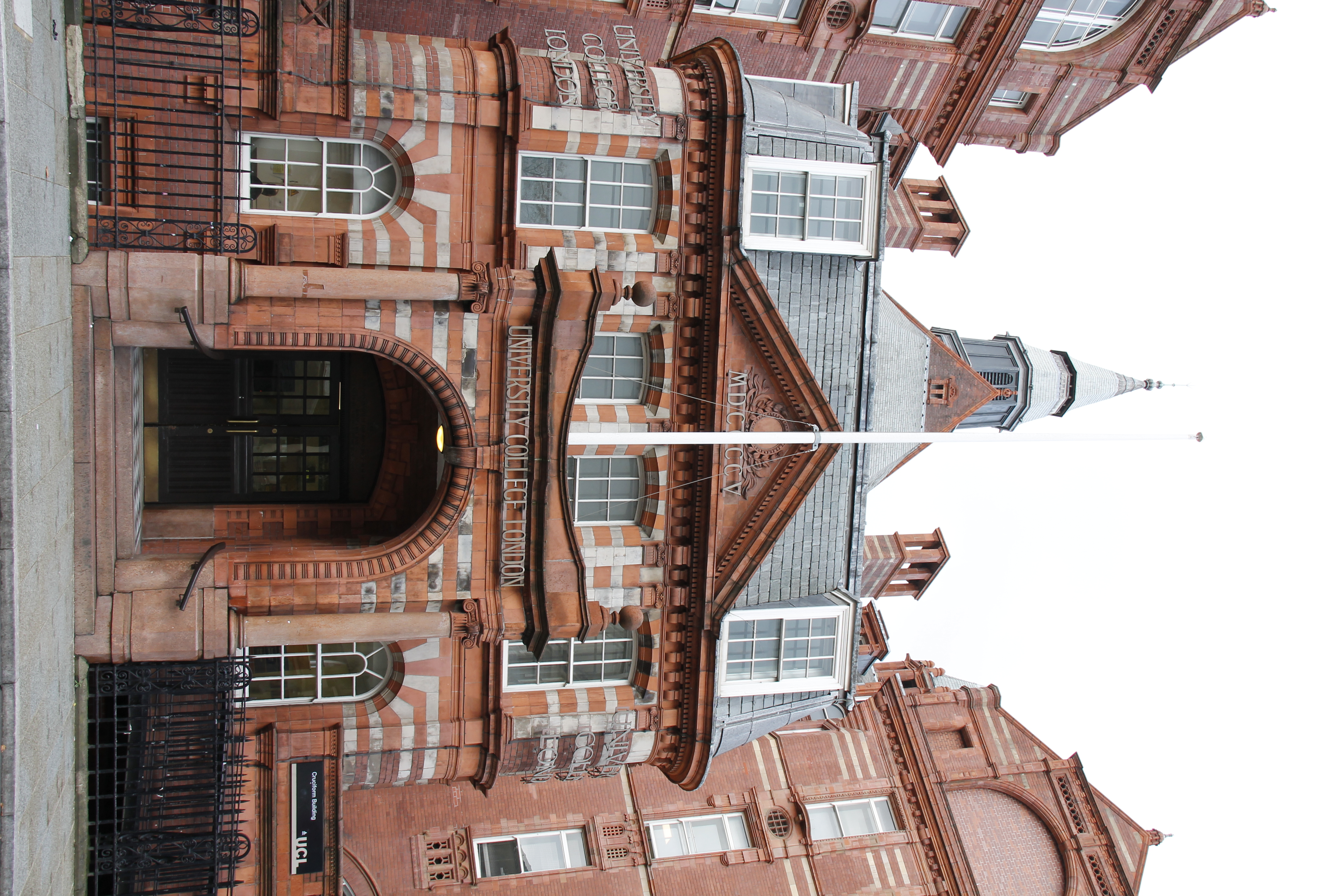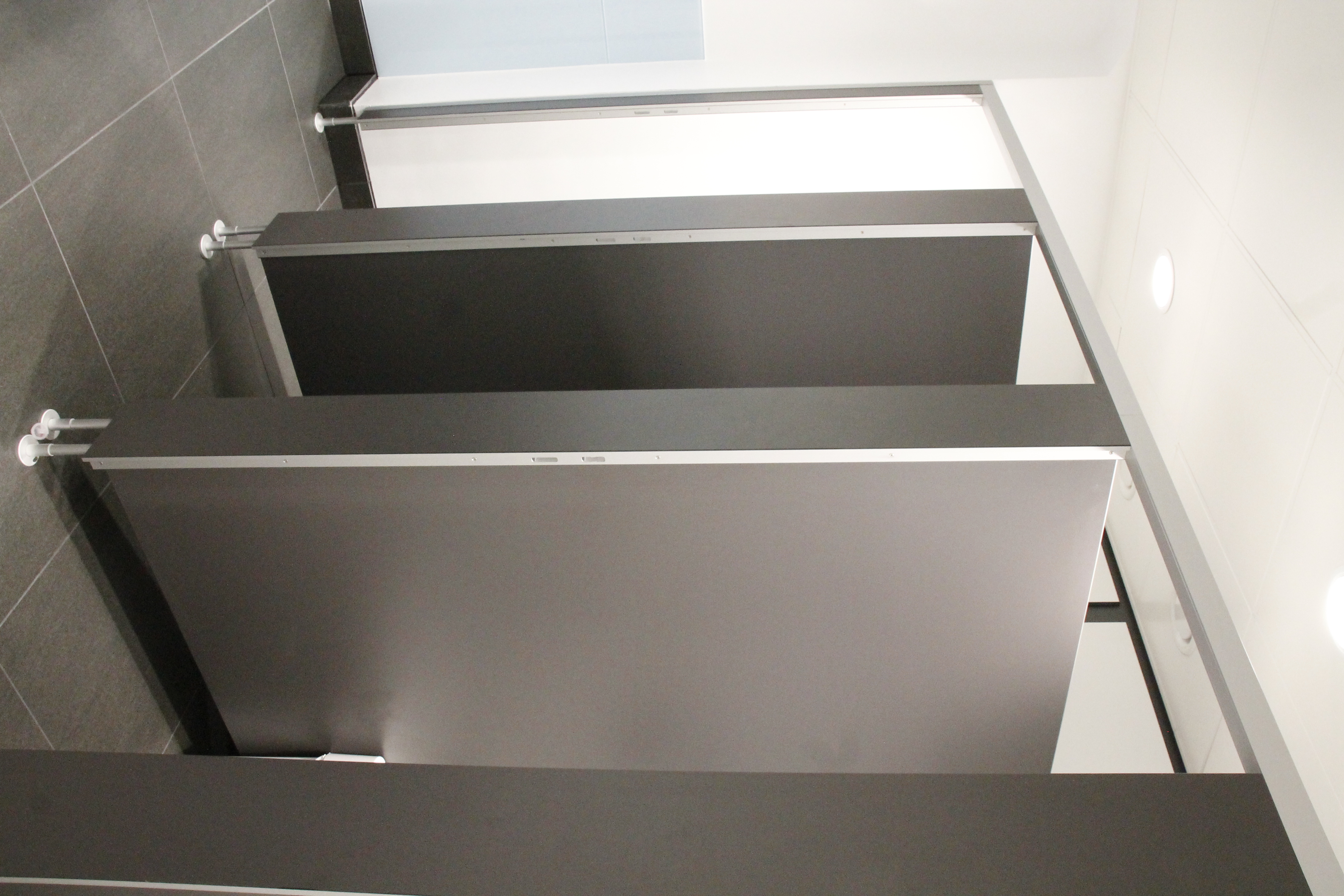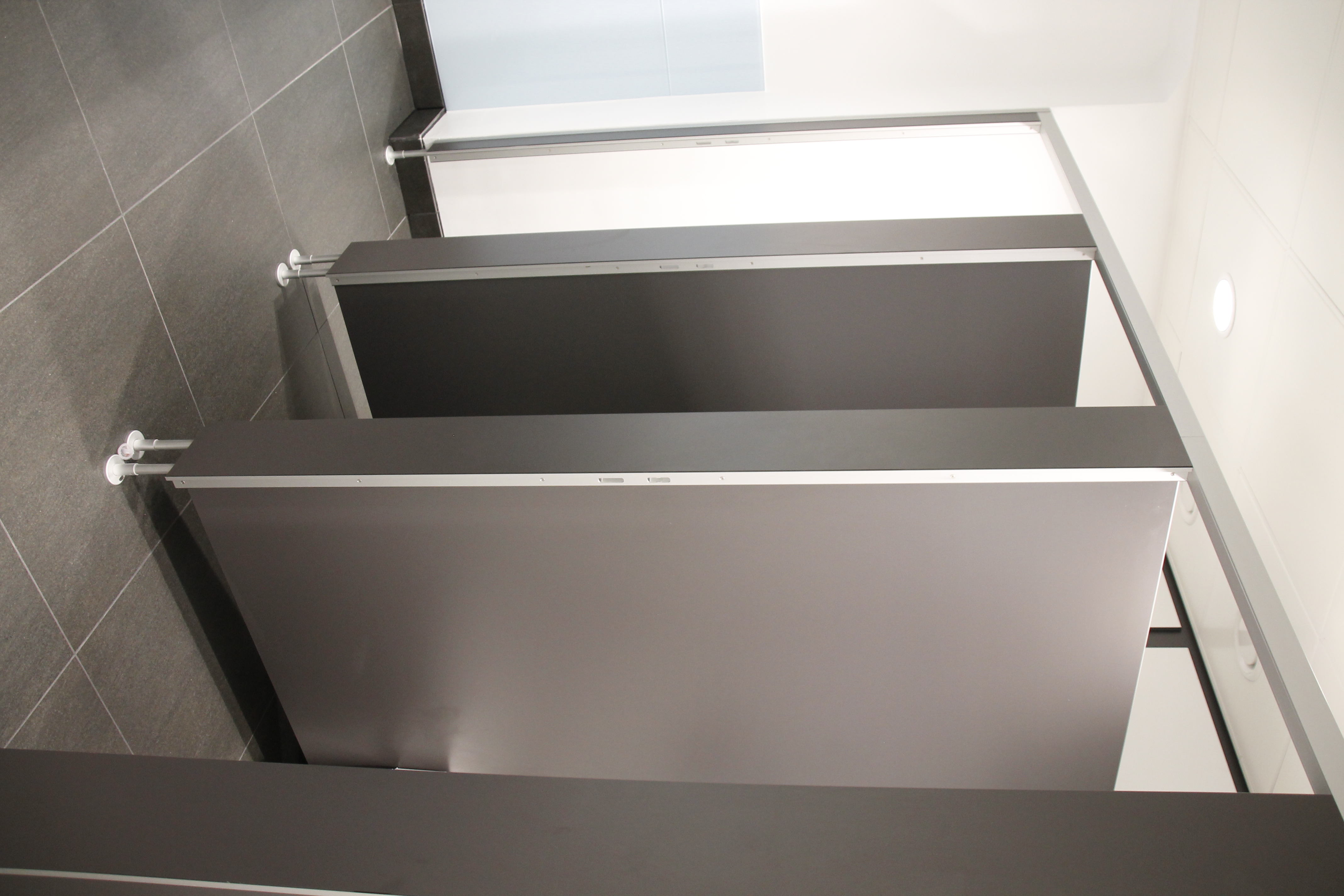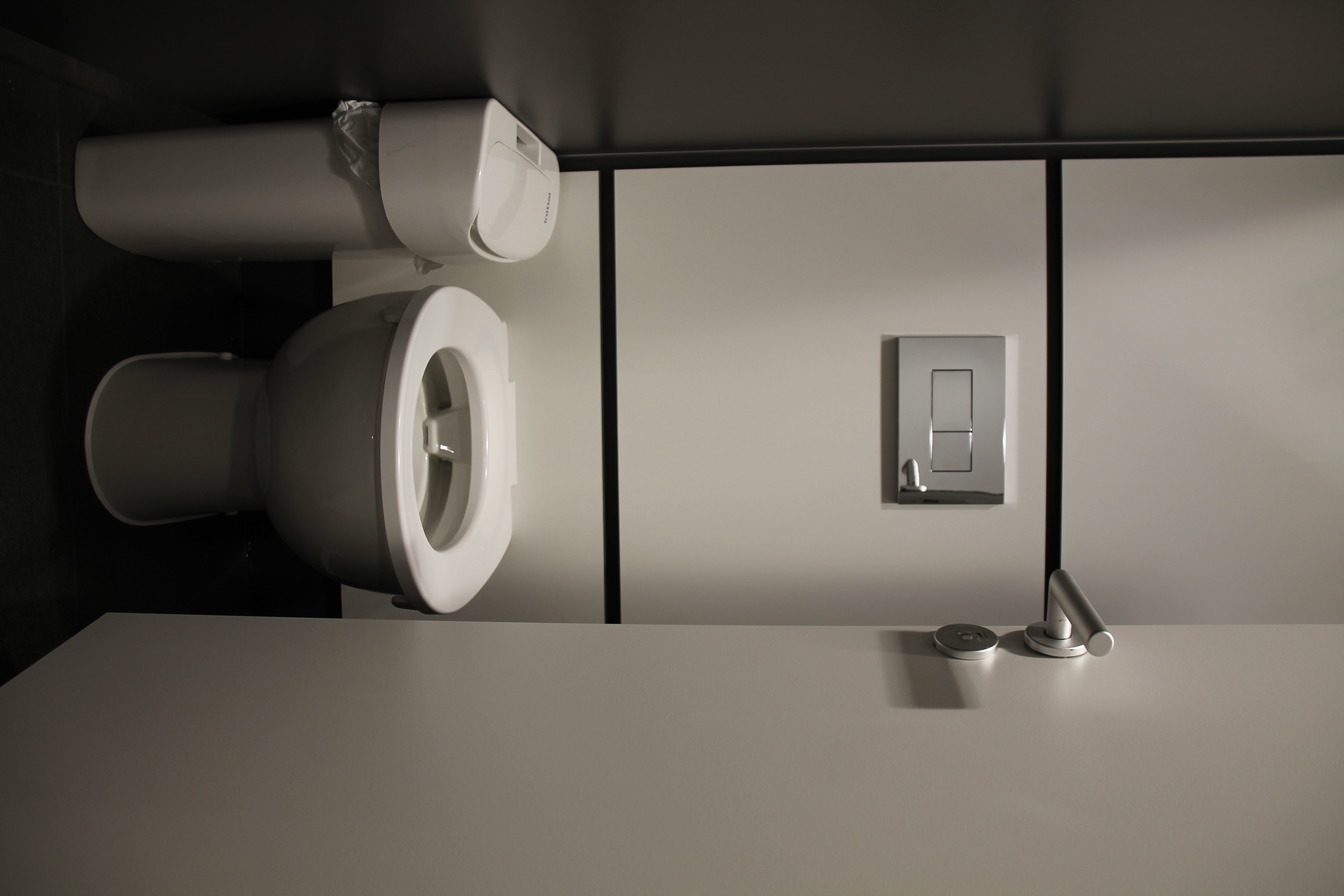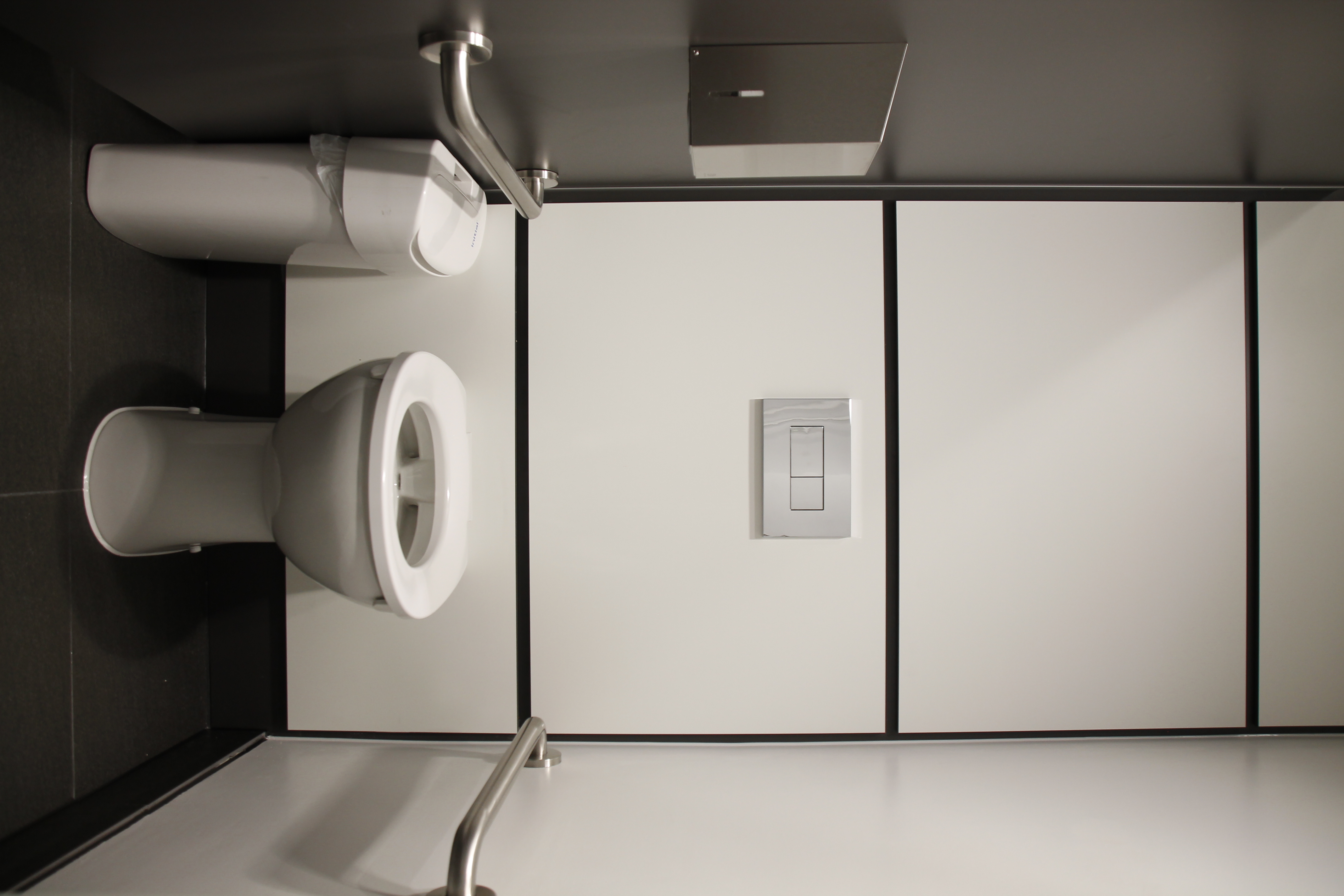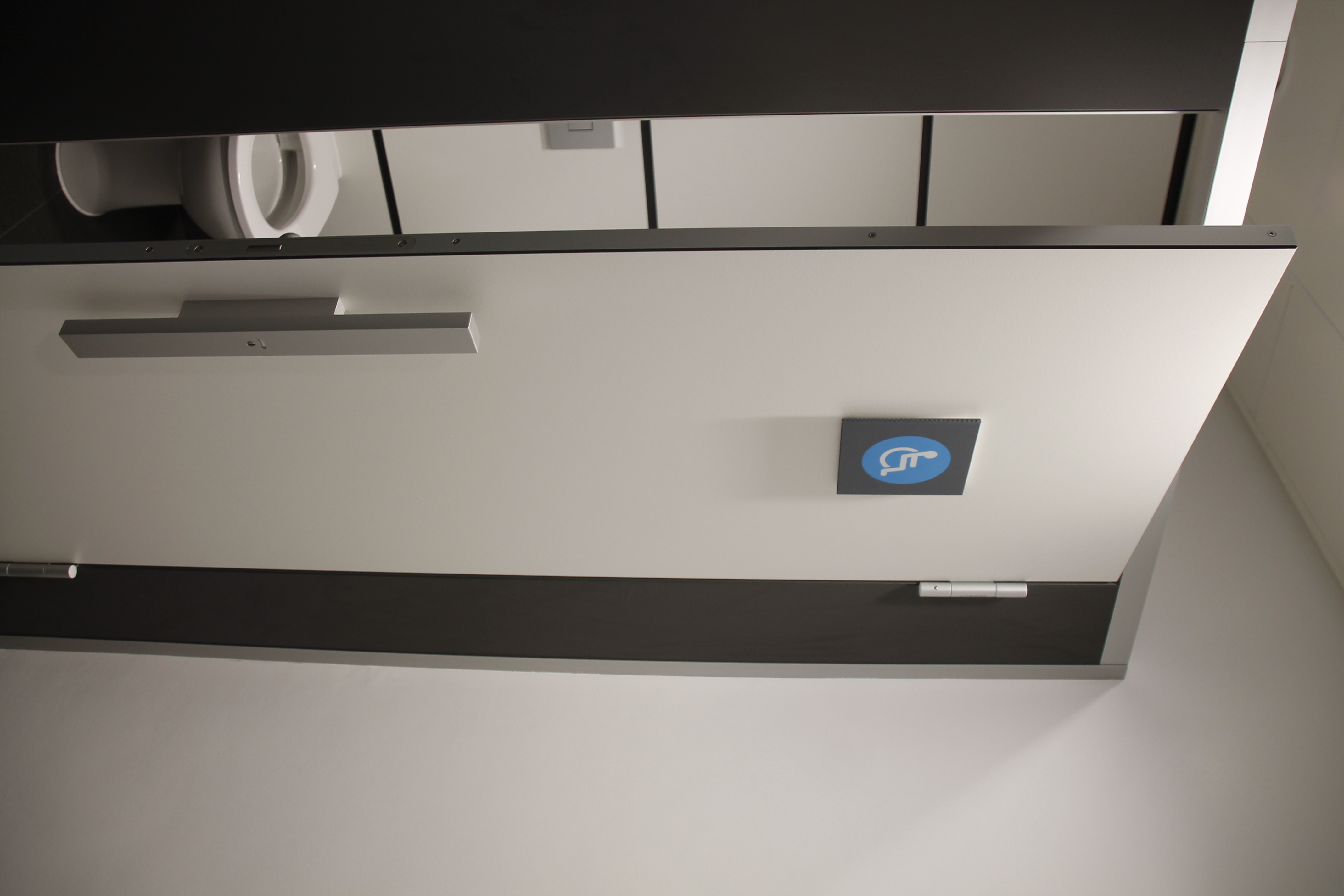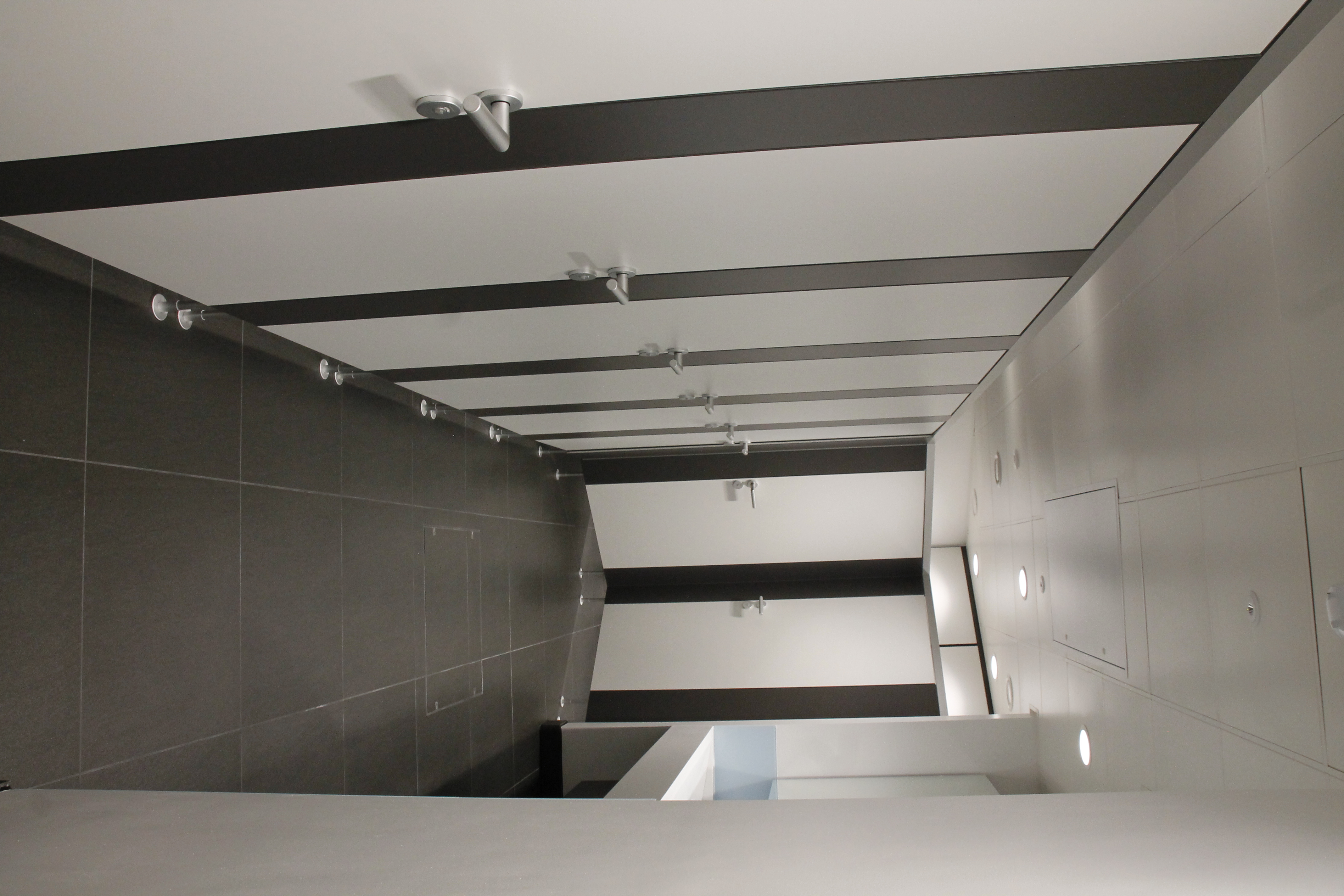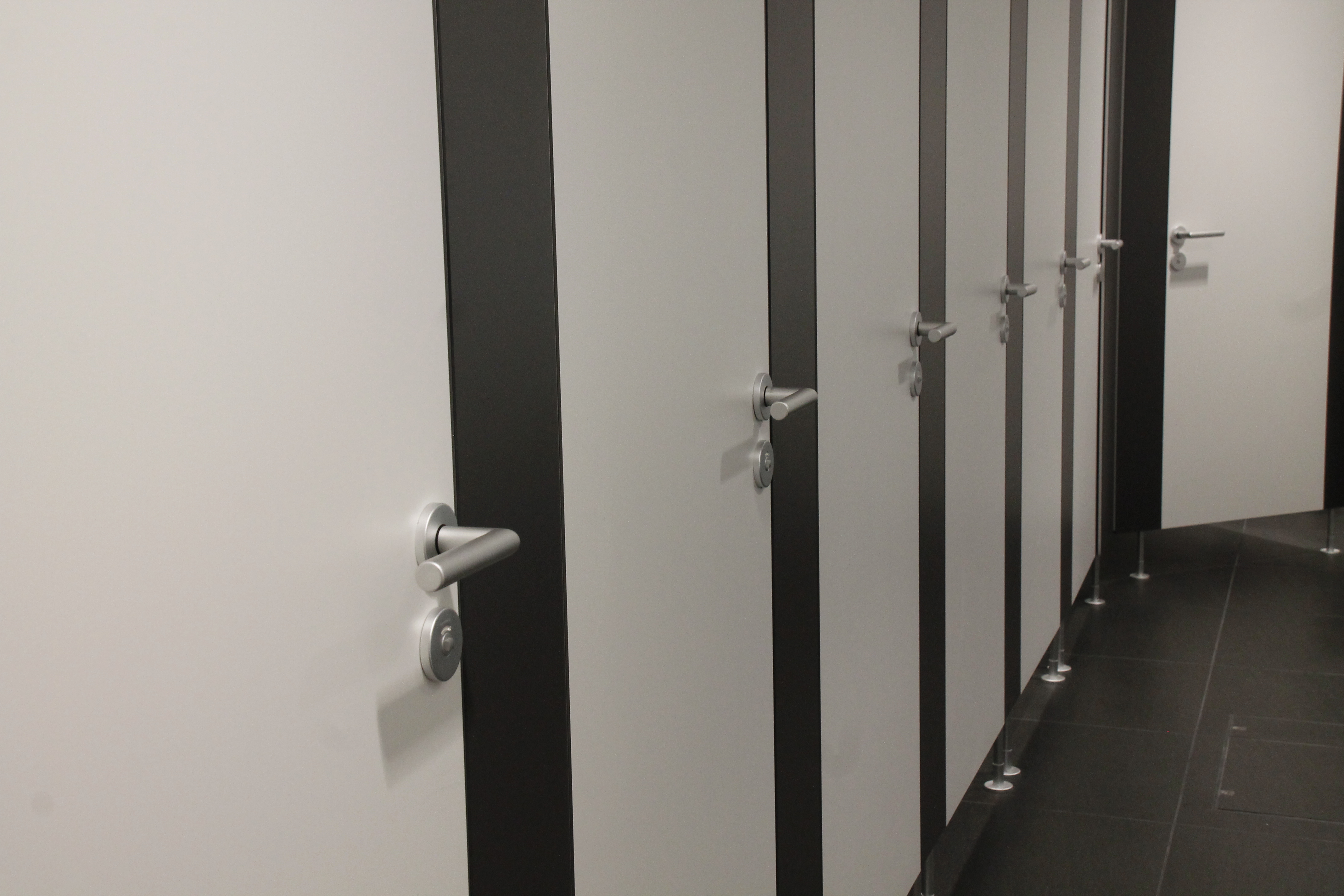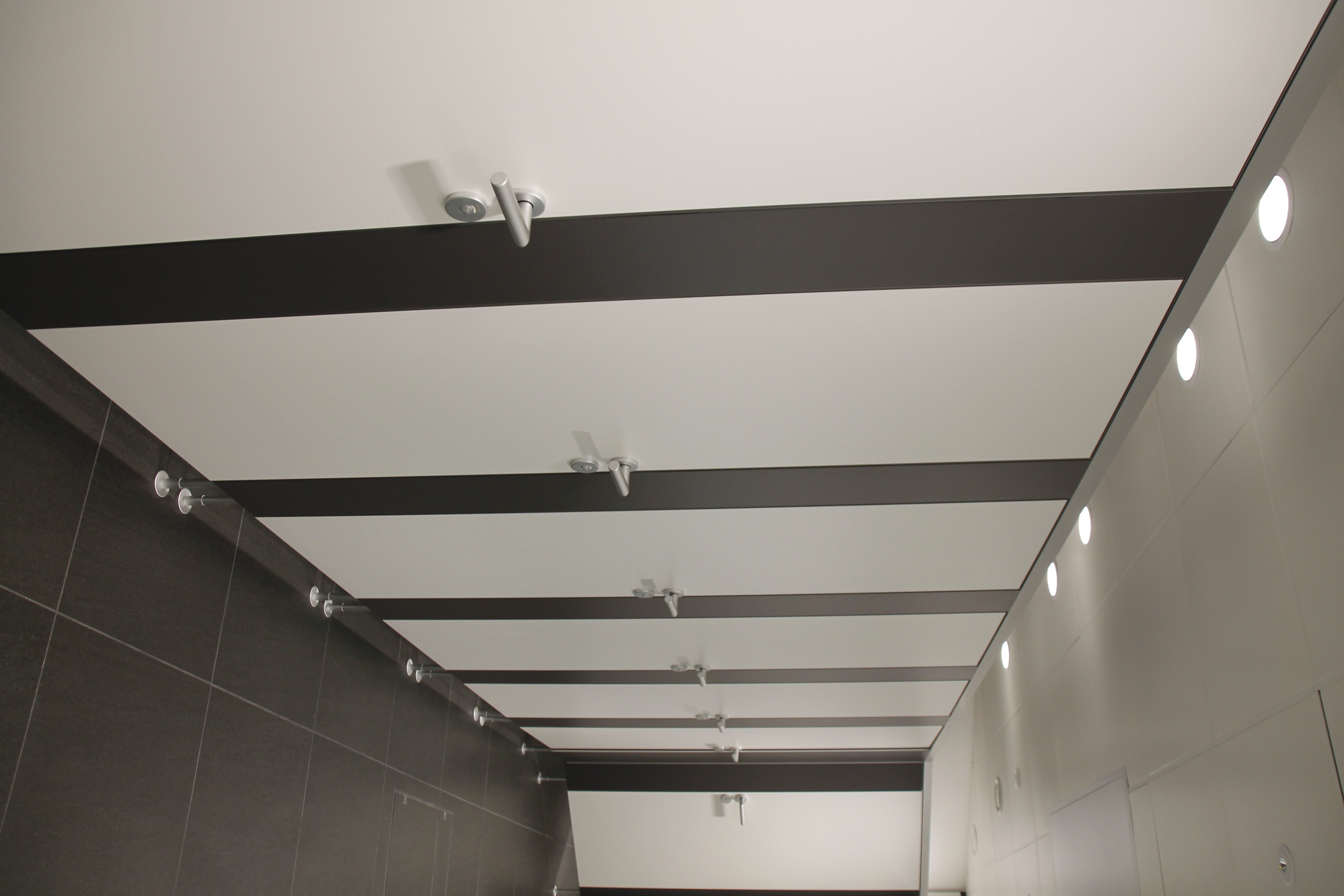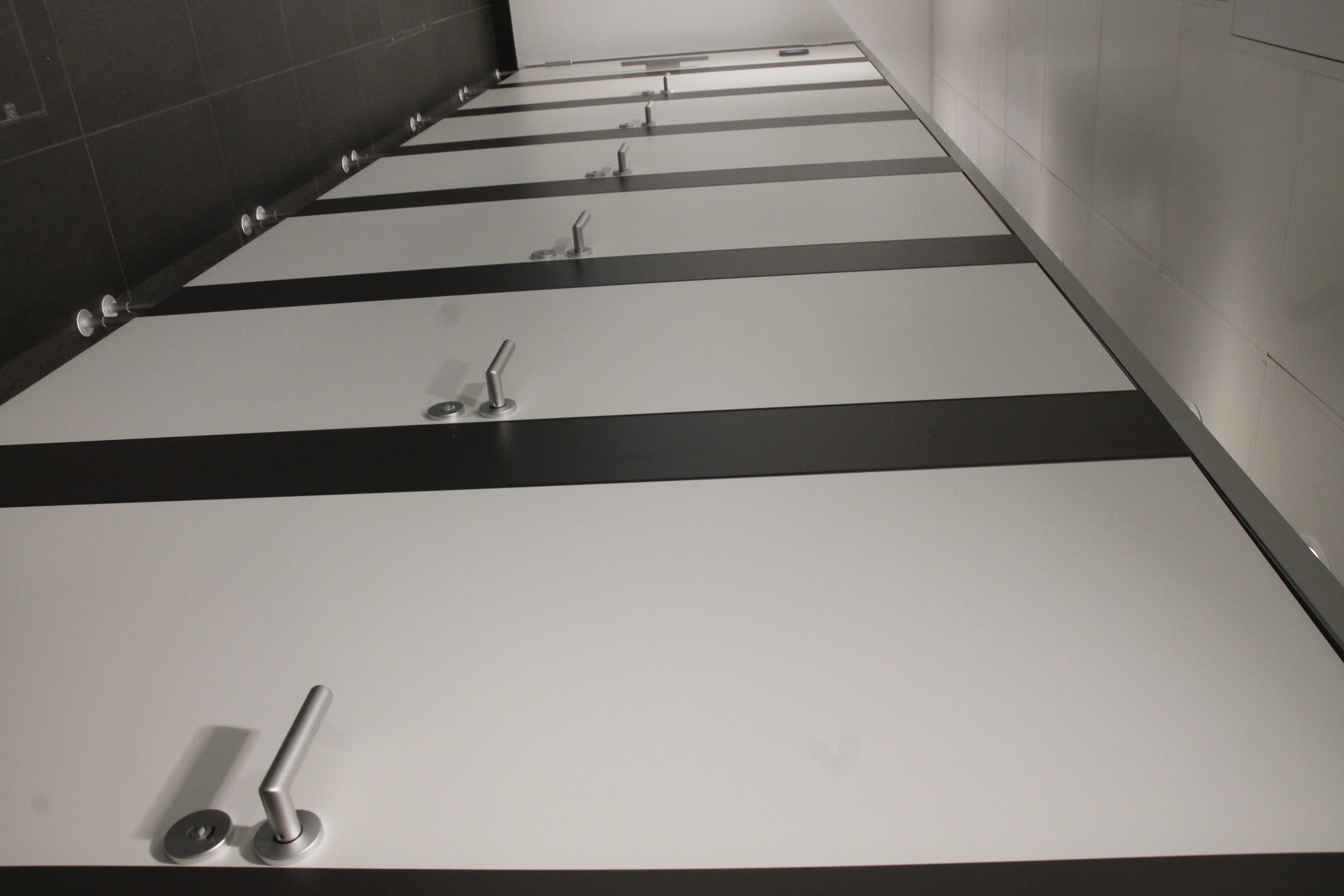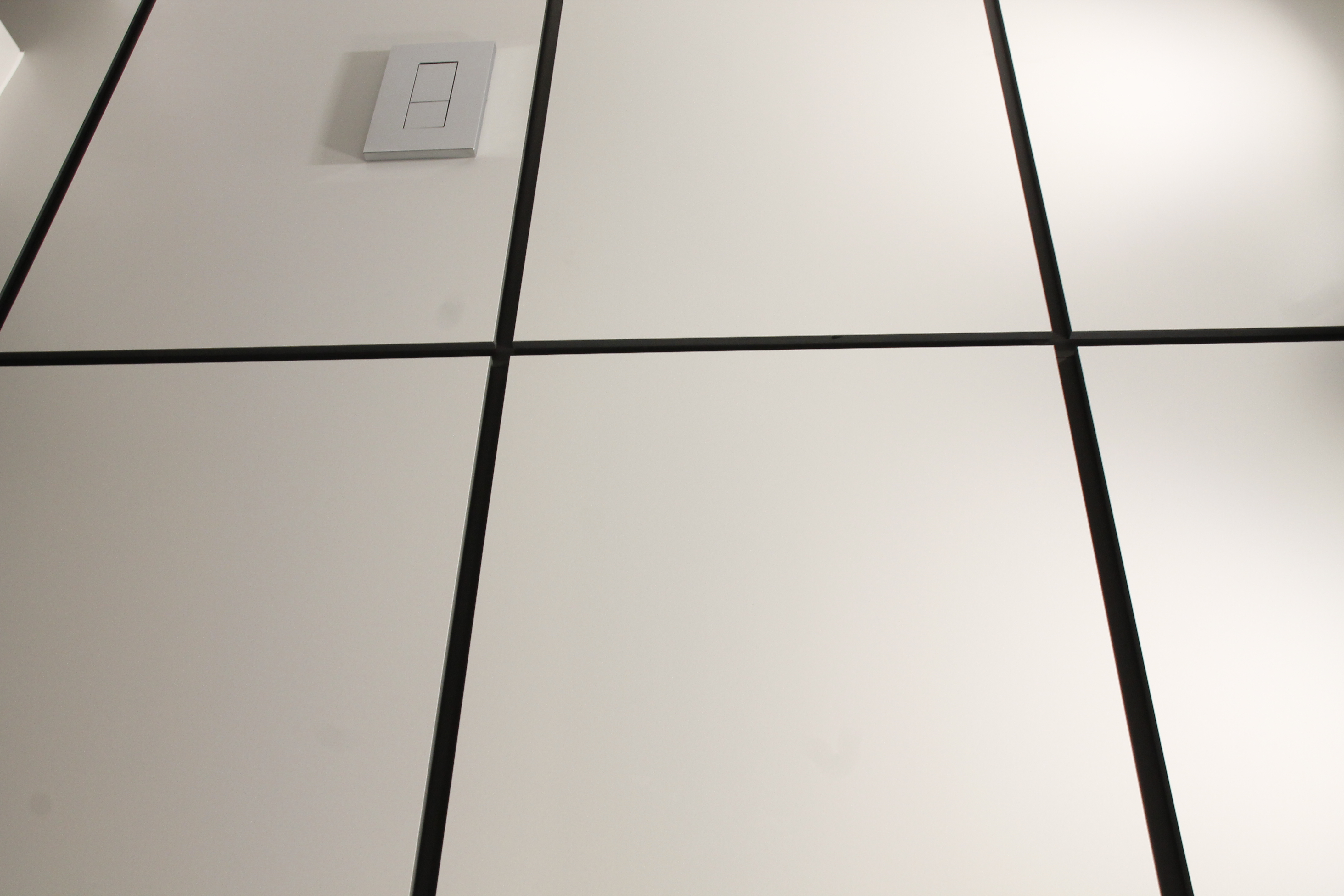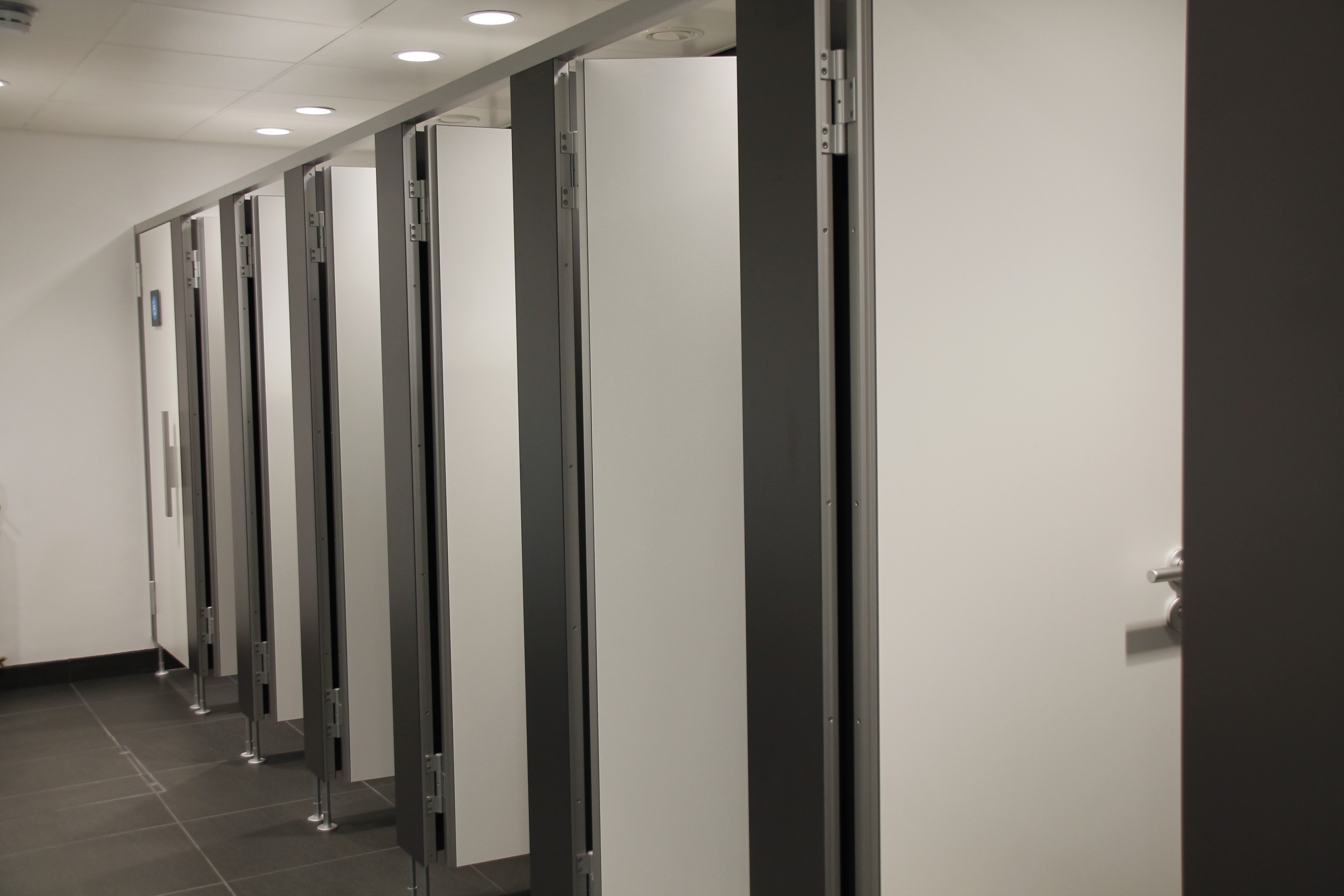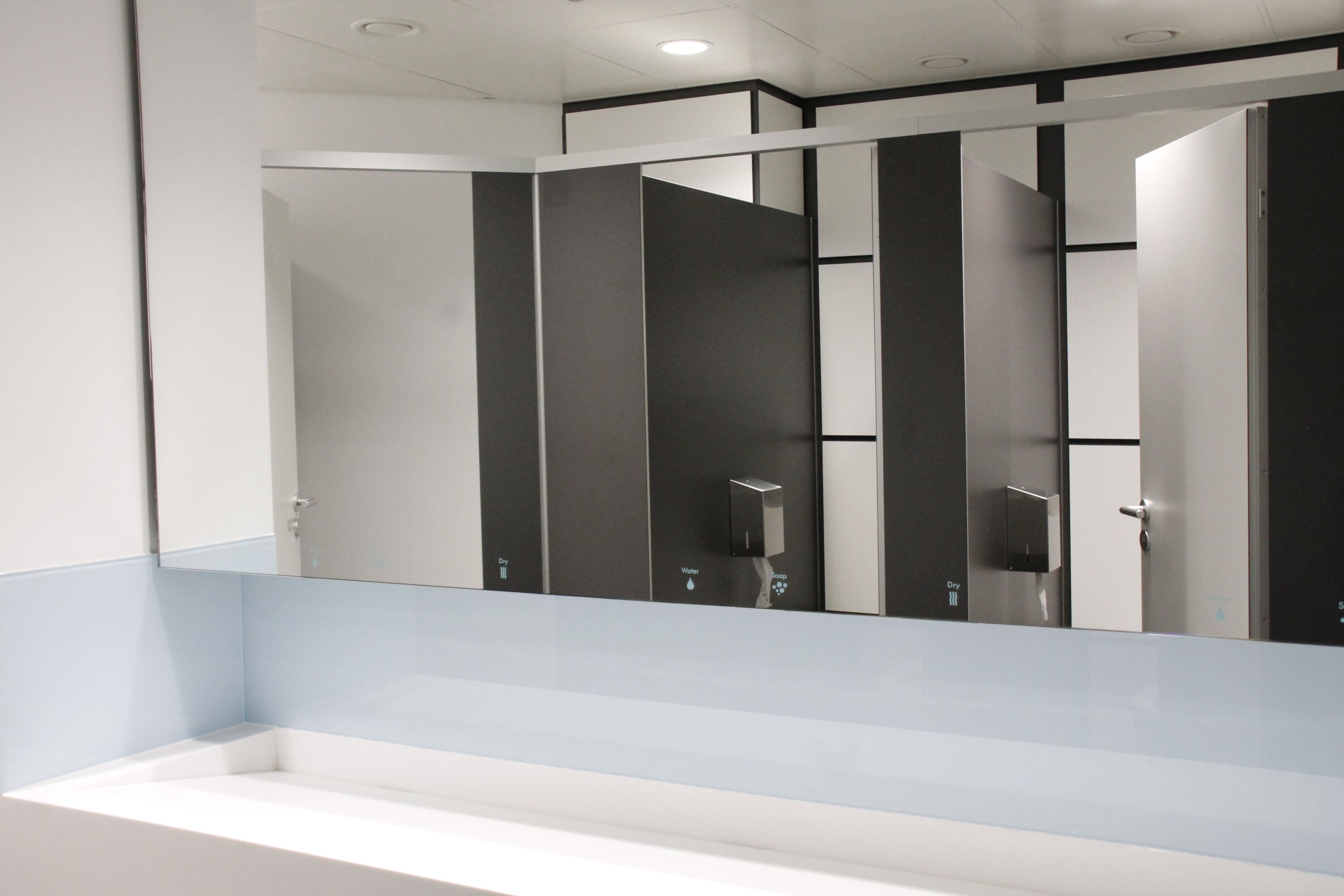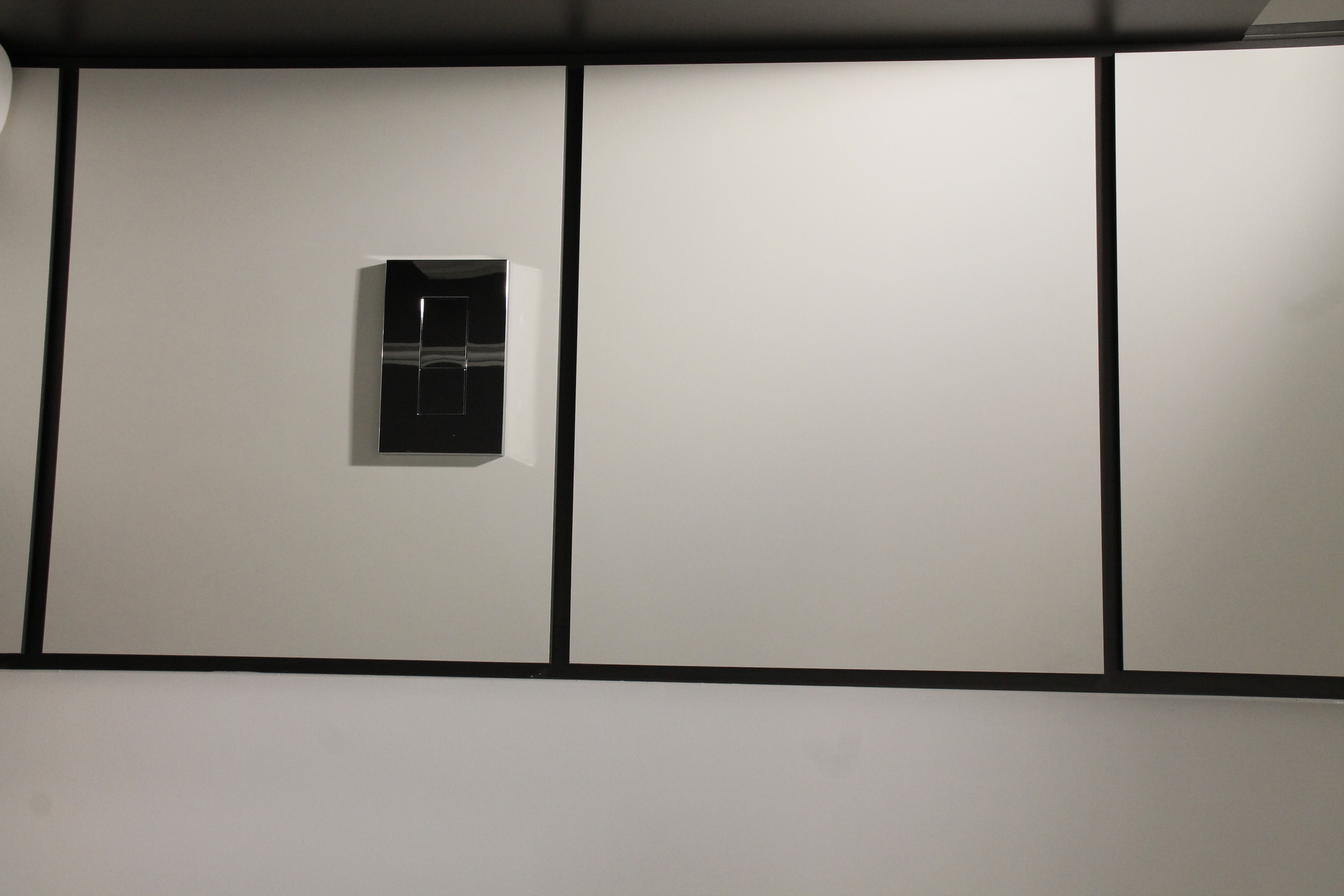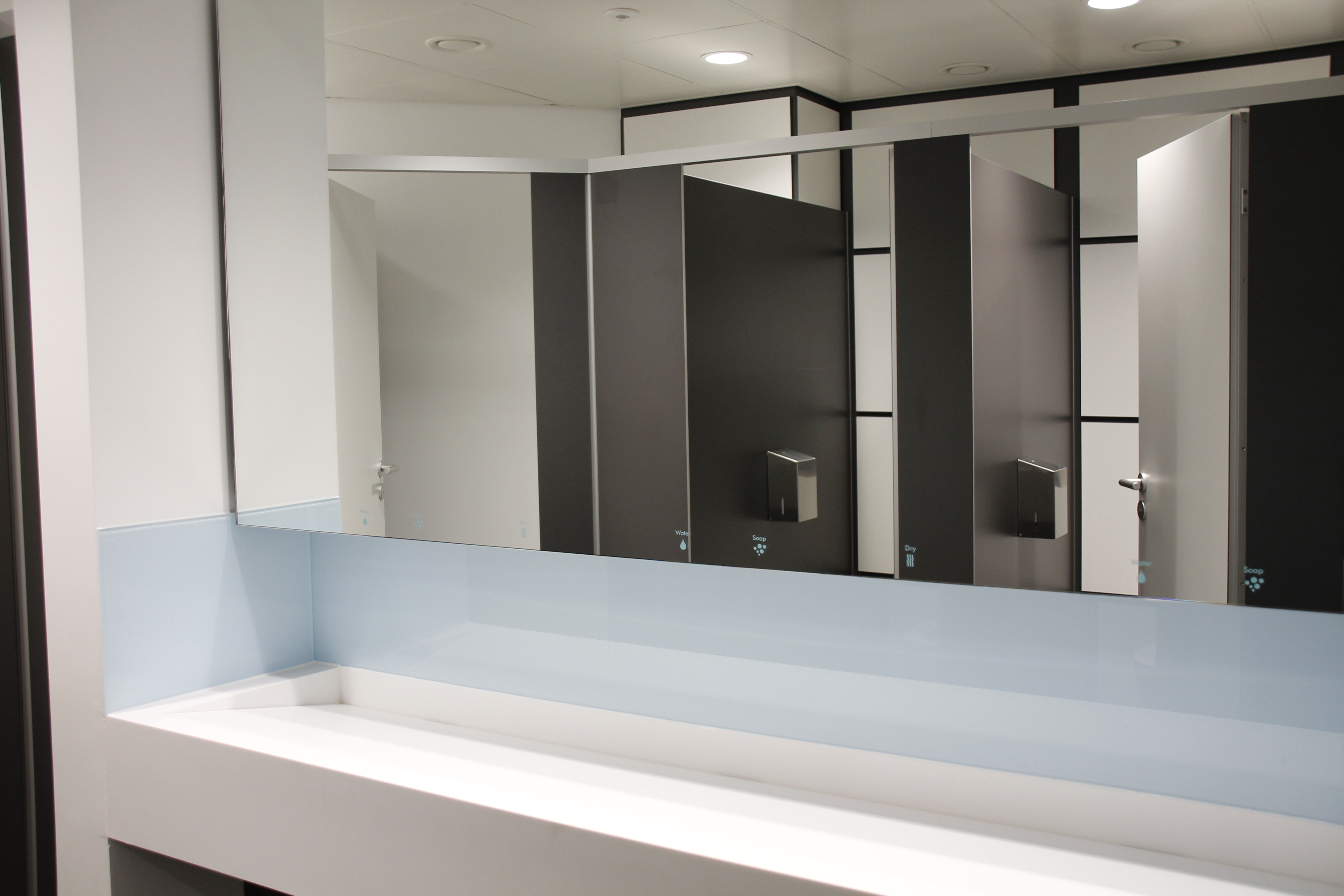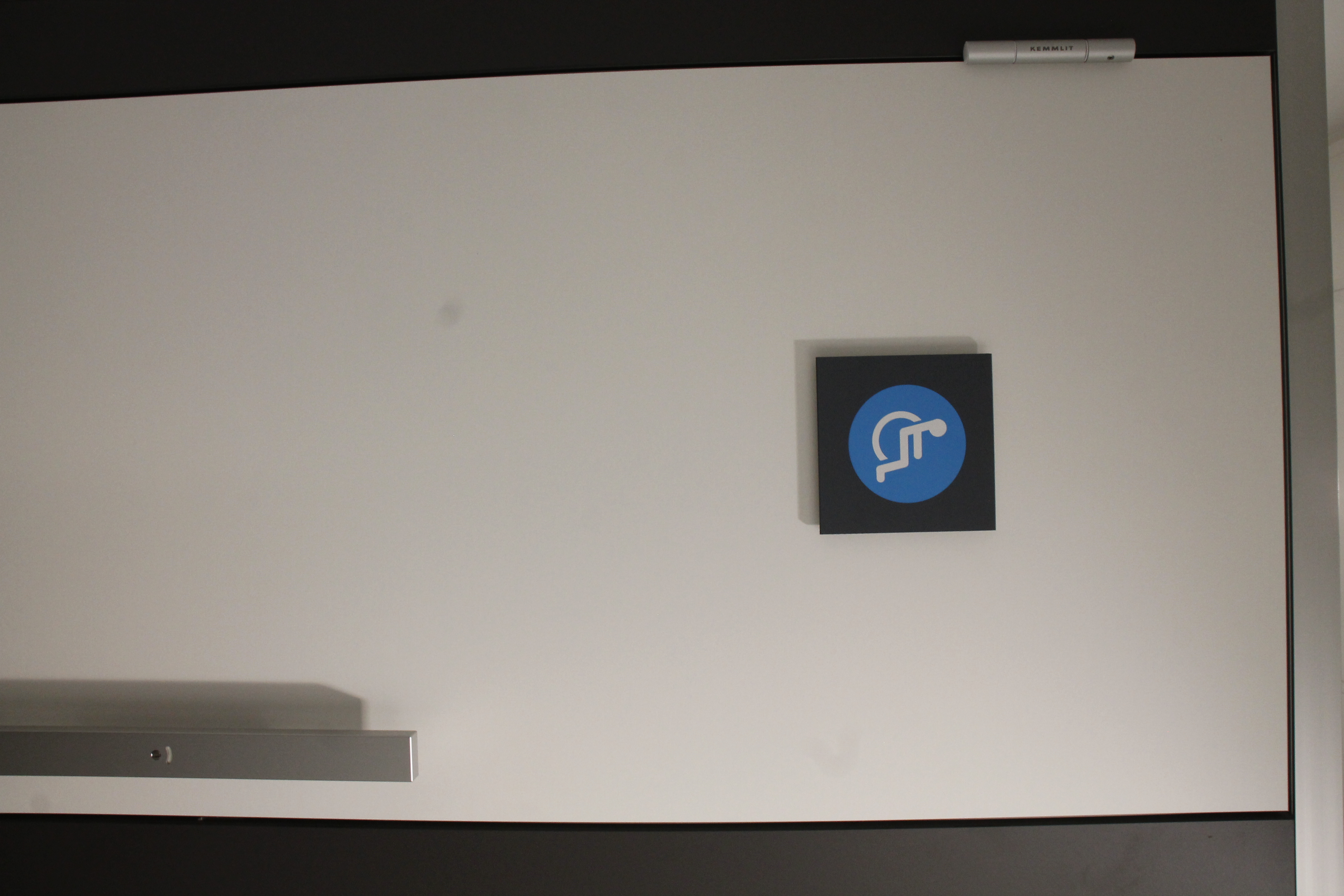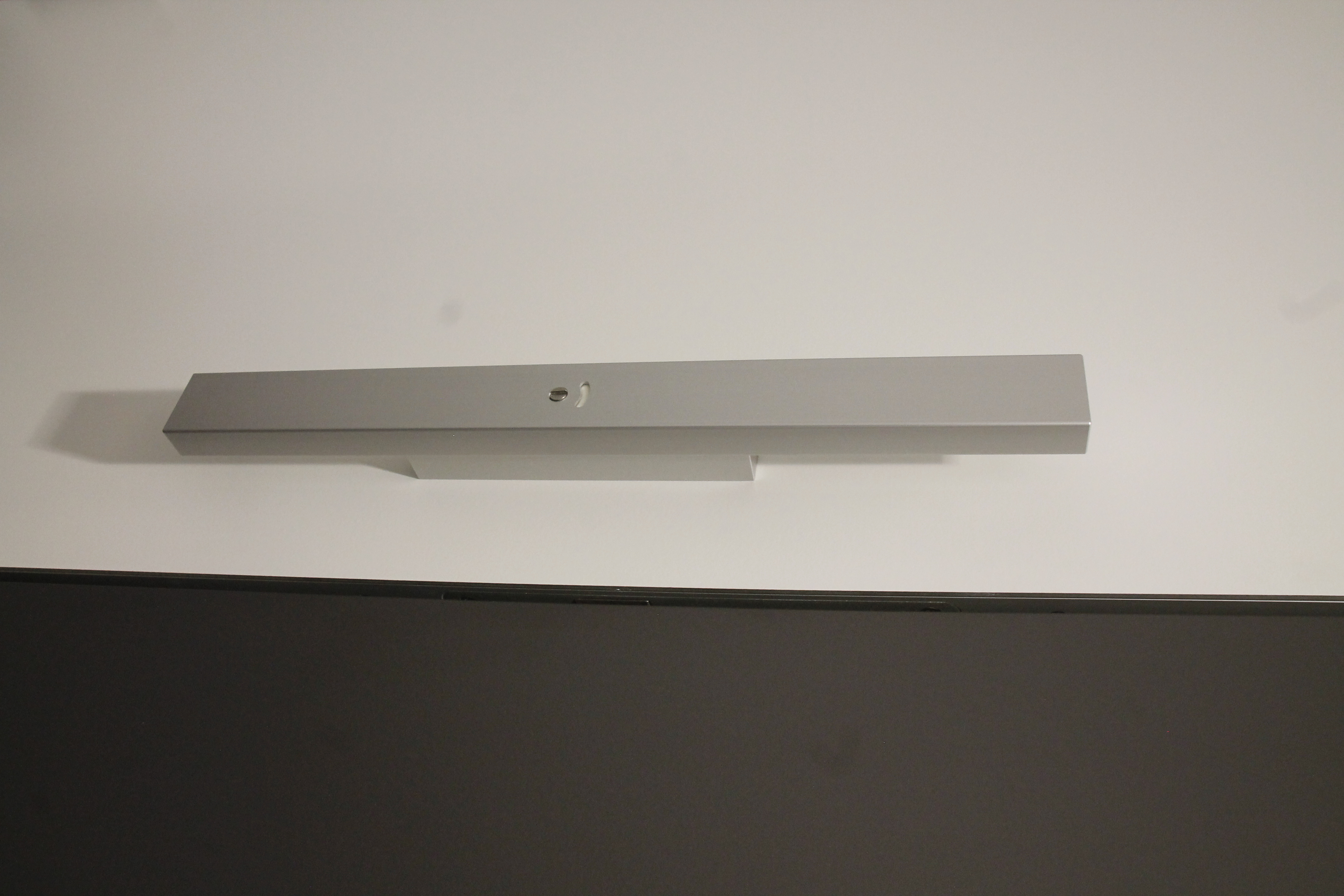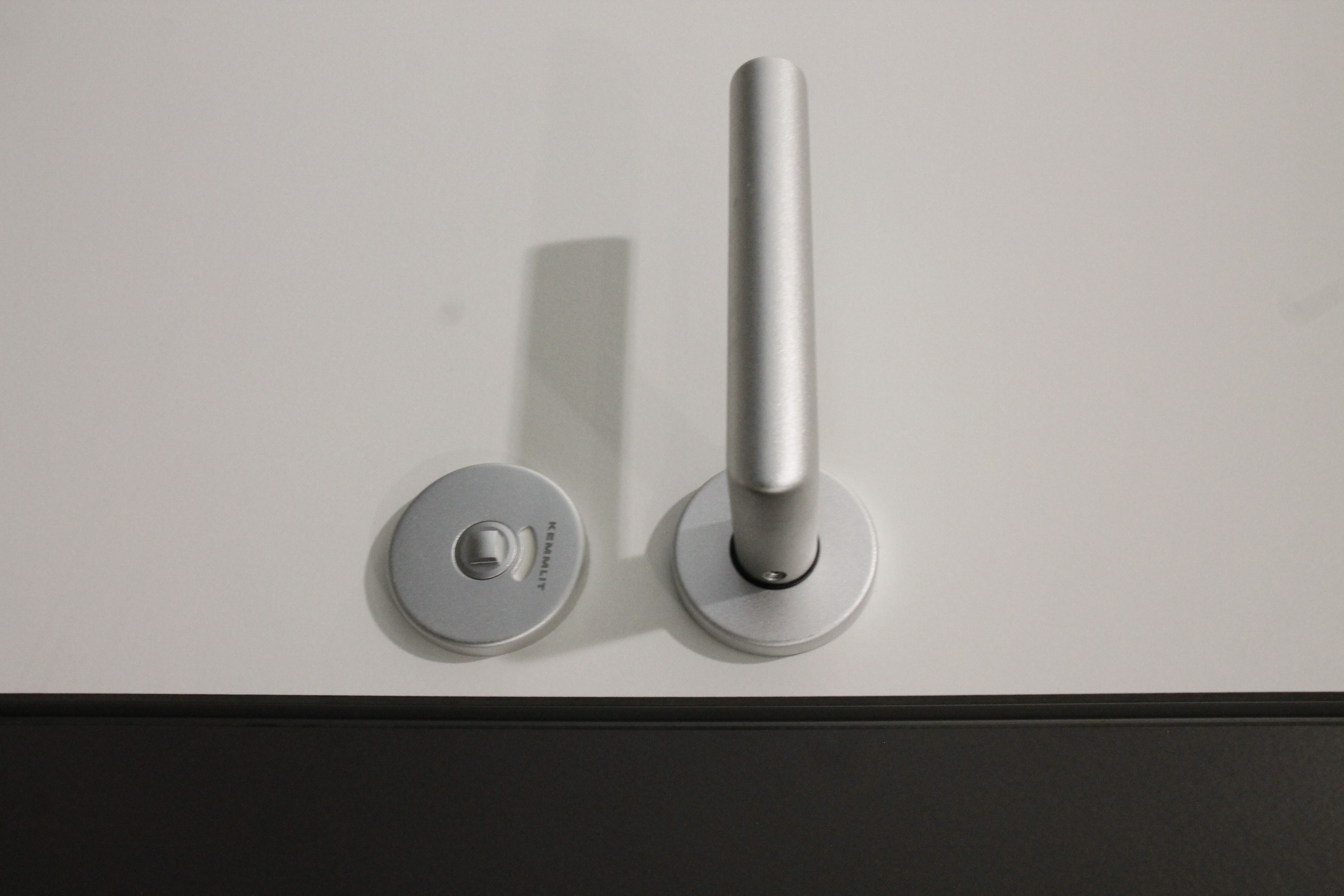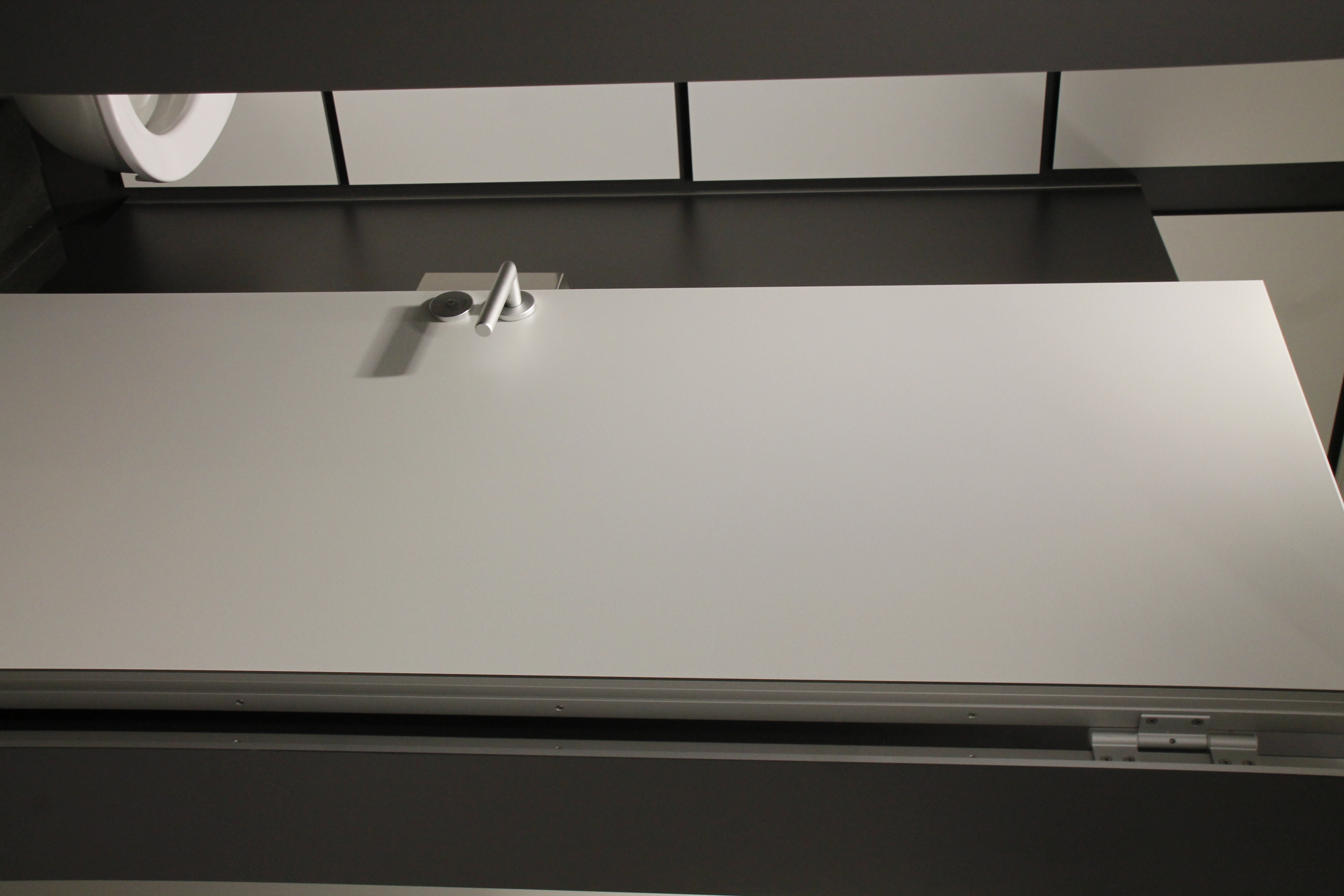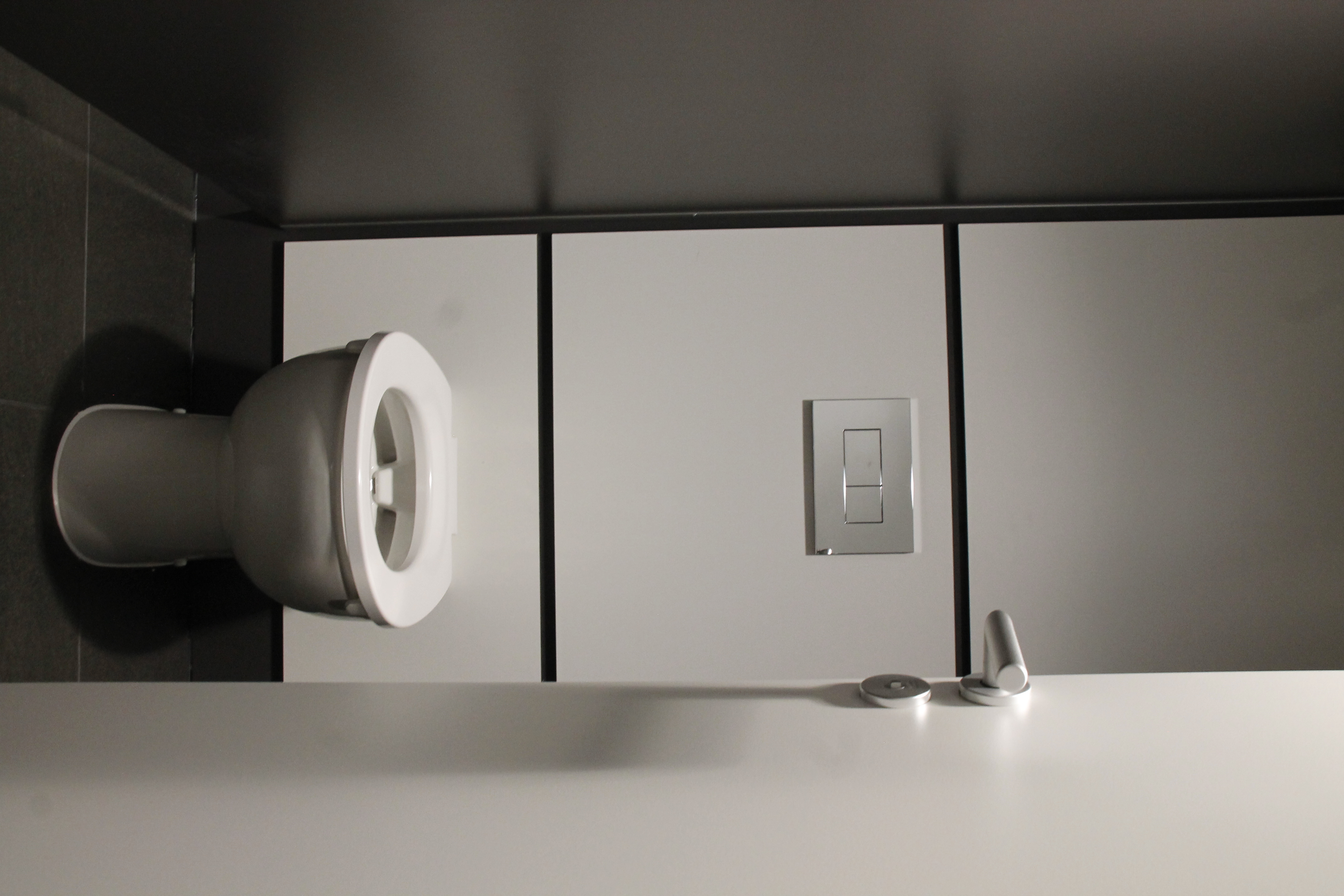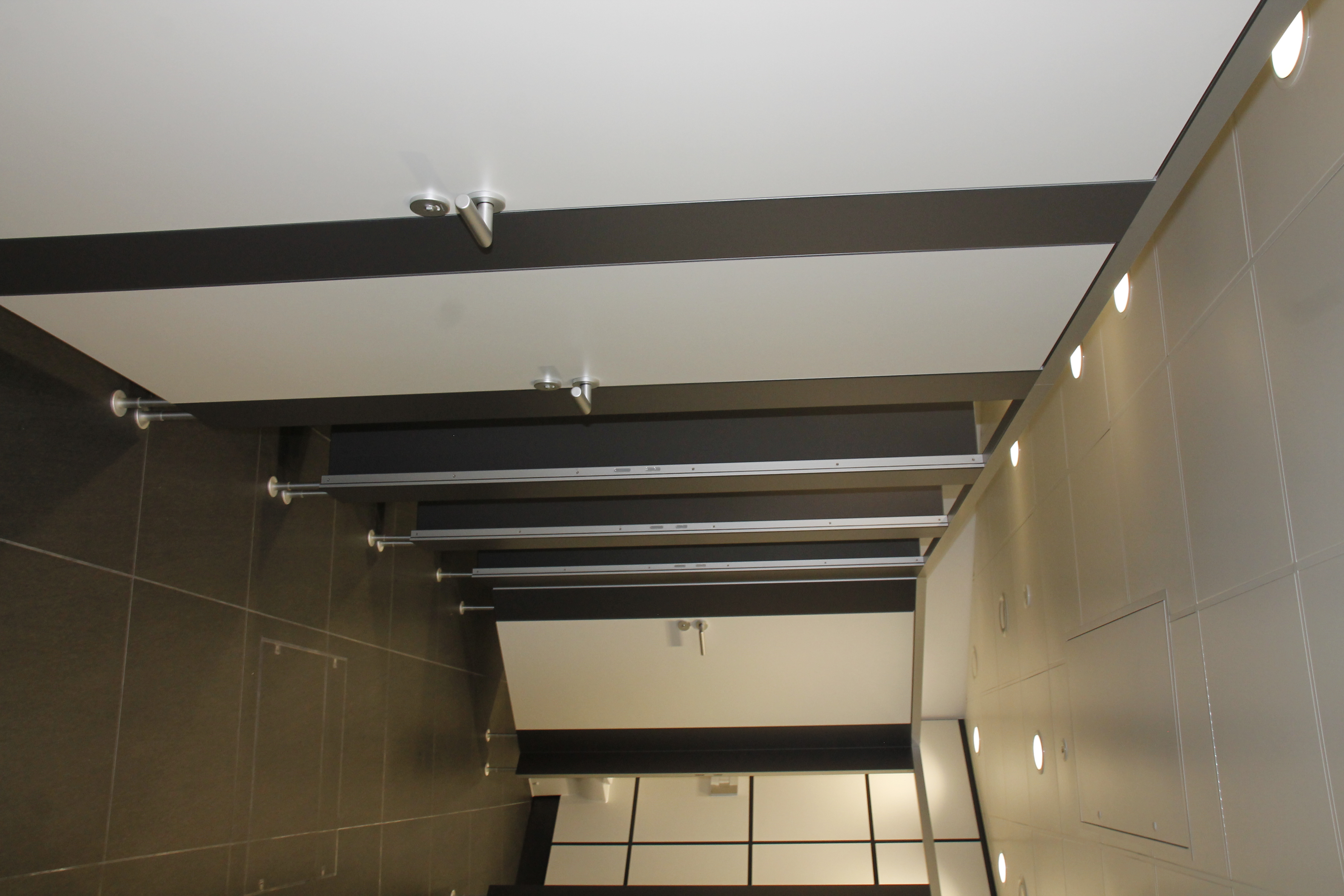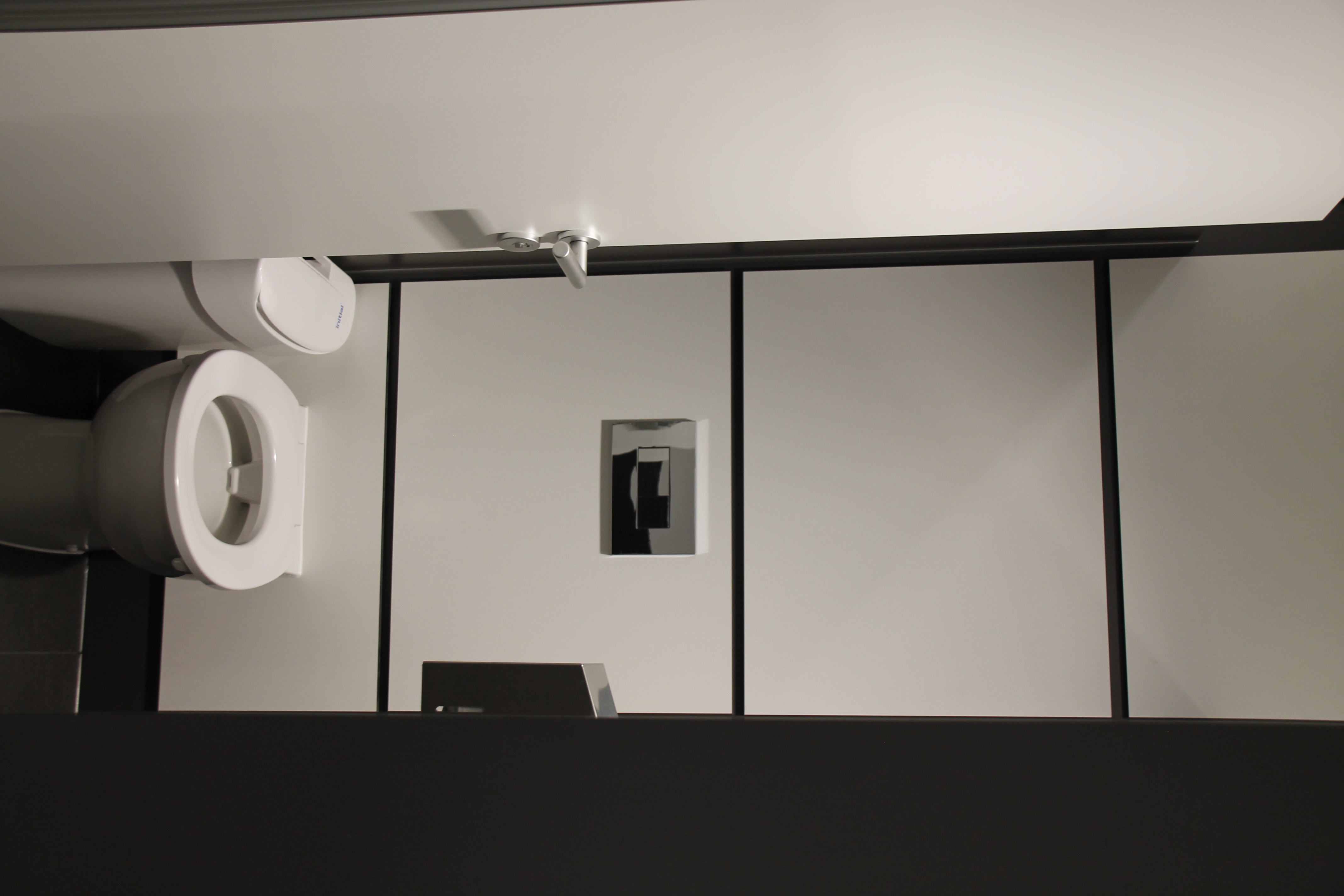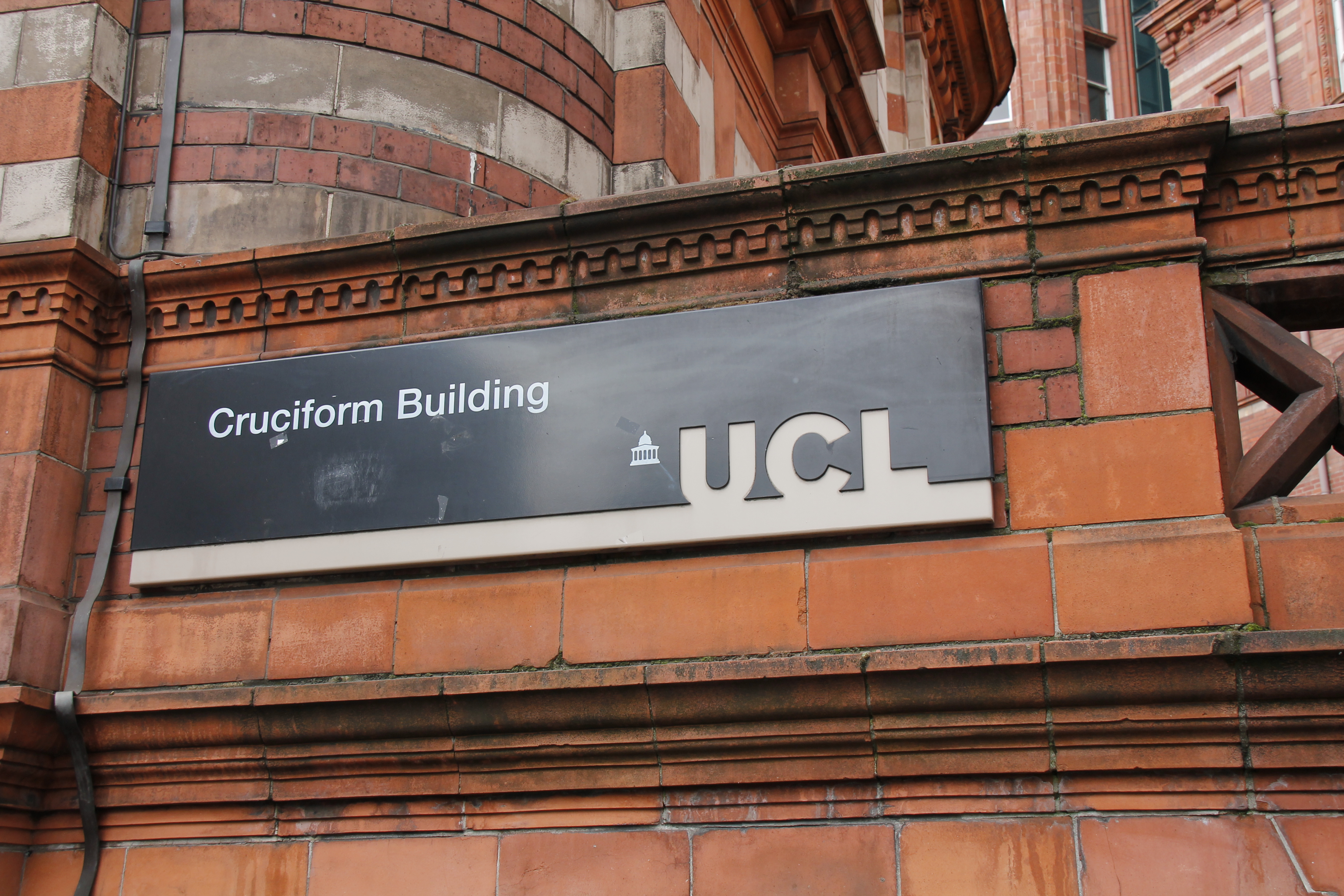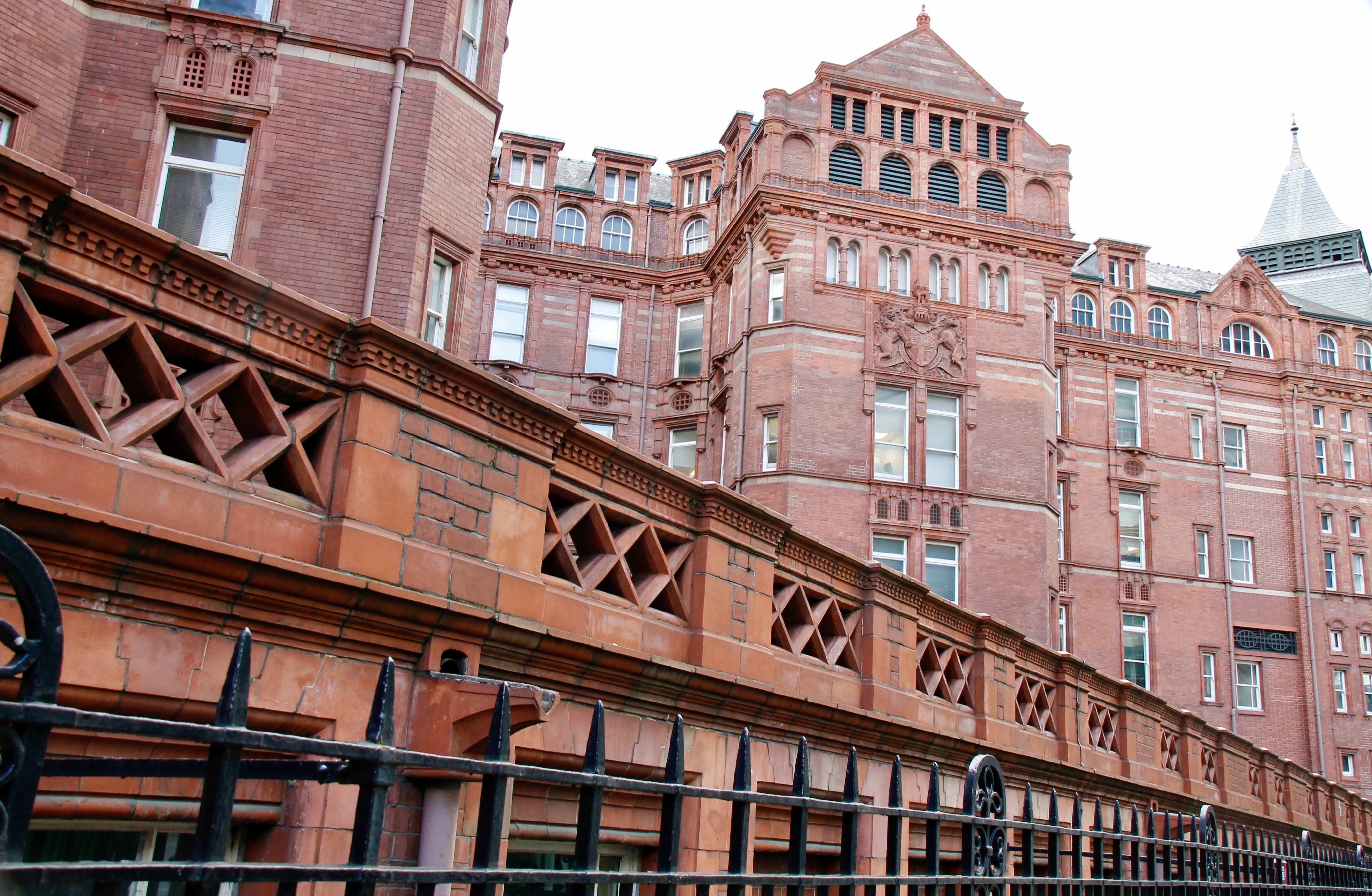Cruciform Building, UCL, London
The Wolfson Institute for Biomedical Research is located inside the Cruciform Building at University College London. This imposing edifice is a Grade II listed building designed by the renowned Victorian architect, Alfred Waterhouse, who also designed the Natural History Museum in South Kensington. The Cruciform Building was completed in 1906 and functioned as University College Hospital for over 90 years, after which it was vacated by the National Health Service. An extensive £50 million renovation has restored the building to its original grandeur and has created in its interior a modern and high quality infrastructure which will allow it to operate well into the 21st century.
The Cruciform Building also houses the combined Medical Schools of University College London, The Royal Free and Middlesex Hospitals. Facilities at the Medical School include 300 and 150 seat lecture theatres, a library, a video teaching centre, seminar rooms and an audio-visual centre.
PRIMO cubicles were specified for the male and female washrooms over two floors. PRIMO Kn meets the highest requirements concerning aesthetics and functionality. The system is flush-surfaced and folded on the door stop side. Door and panel elements are made of a 42 mm thick composite elements with internal aluminum frames for maximum stiffness and long durability. A special protective layer on the HPL-surface increases the scratch and wear resistance. PRIMO Kn is suitable for wet and dry rooms.
In this location, bespoke heights, widths and depths were used as the building has unusually low ceilings. Grip bars were also added to the ambulent cubicle for added ease of use. Utmost hygiene levels are also maintained using a 'no touch' approach at the wash troughs for water, soap and air.
Gallery
Kemmlit UK provide ranges of high quality and durable products which are ideal for the daily requirements of all educational premises.
 Cubicles
Cubicles Lockers & Locks
Lockers & Locks Vanity Units
Vanity Units Benches
Benches Accessories
Accessories Baby Change Products
Baby Change Products Grooming Units
Grooming Units Shelves
Shelves Modesty Screens
Modesty Screens Skirmett Washrooms
Skirmett Washrooms
